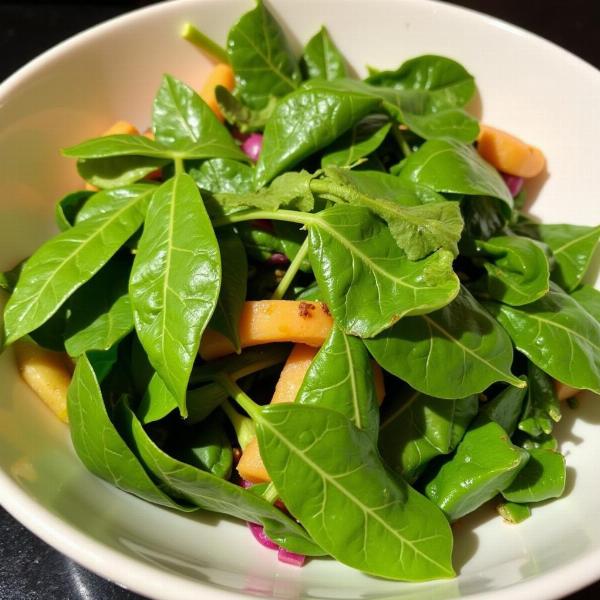Avarakkai, a popular vegetable in South Indian cuisine, is known by various names across India. If you’re wondering about the avarakkai in Hindi name, you’ve come to the right place. This article explores the different Hindi names for avarakkai, its nutritional benefits, culinary uses, and cultural significance in India. We’ll also delve into some frequently asked questions to provide a comprehensive understanding of this versatile vegetable.
What is Avarakkai Called in Hindi?
Avarakkai is commonly known as Tori (तोरई) in Hindi. Sometimes, it’s also referred to as Turai or Gilki. These names are used interchangeably across different regions of North India. Knowing the Hindi name for avarakkai can be helpful when navigating local markets or communicating with Hindi speakers about recipes.
Nutritional Powerhouse: Benefits of Avarakkai
Avarakkai is not just a delicious vegetable; it’s also a nutritional powerhouse. Low in calories and rich in fiber, avarakkai aids in digestion and promotes weight management. It’s a good source of vitamins like Vitamin C and Vitamin K, along with essential minerals like potassium and magnesium. Incorporating avarakkai into your diet can contribute to overall health and well-being.
Culinary Delights: Avarakkai in Indian Cuisine
Avarakkai is a versatile ingredient in Indian cooking. From simple stir-fries to elaborate curries, avarakkai lends itself to a variety of dishes. In South India, avarakkai is often used in sambhar, kootu, and poriyal. In North India, Tori ki Sabzi is a popular dish, where avarakkai is cooked with spices and sometimes paired with potatoes or other vegetables.
Cultural Significance of Avarakkai
In some parts of India, avarakkai holds cultural significance. It is sometimes used in traditional ceremonies and rituals. Its abundance and ease of cultivation have made it a staple in many Indian households, further cementing its place in Indian culture.
Avarakkai: Beyond the Basics
Beyond its common culinary uses, avarakkai also offers some unique applications. Its tender leaves can be used in salads or stir-fries, adding a distinct flavor and texture. The juice of avarakkai is sometimes used in traditional medicine for its perceived health benefits.
 Avarakkai Leaves Salad
Avarakkai Leaves Salad
Frequently Asked Questions about Avarakkai in Hindi
- What is the most common Hindi name for avarakkai? Tori (तोरई) is the most common Hindi name.
- Is avarakkai good for weight loss? Yes, avarakkai is low in calories and rich in fiber, making it beneficial for weight management.
- What are some popular avarakkai dishes in North India? Tori ki Sabzi is a popular dish.
- Can avarakkai leaves be eaten? Yes, the tender leaves can be used in salads or stir-fries.
- What are the other names of avarakkai in different Indian languages? Besides Tori, it’s known as Turai or Gilki in some regions. In South India, it retains the name Avarakkai (Tamil) or similar variations.
Conclusion
Avarakkai, known as Tori in Hindi, is a versatile and nutritious vegetable widely used in Indian cuisine. Understanding its various names and culinary applications can enrich your cooking experience. Incorporating avarakkai into your diet can provide several health benefits and add a unique flavor to your meals.
Meaning-Hindi.in: Your Partner in Hindi Translation
Meaning-Hindi.in specializes in providing accurate and culturally sensitive Hindi translation services for a wide range of content, including business documents, legal papers, technical manuals, websites, educational materials, and more. We offer fast and reliable translation solutions tailored to your specific needs. Whether you need to translate your website for an Indian audience or require certified translation of legal documents, our team of expert linguists is here to help. Contact us today for a free quote and experience the difference of professional Hindi translation.
Email: [email protected]
Phone: +91 11-4502-7584
Connect with us at Meaning-Hindi.in** for all your Hindi translation requirements.